BLP A-Z of Learning English: «E» for «Error»
Maria del Pilar Gracia
31/03/2020
Part of my job as an English teacher is to evaluate student’s level. If we make contact with a new company, we need to evaluate each person to determine their level. We often have a ten- or fifteen-minute conversation with them, in addition to having them complete a written more grammatical test. And during the conversation the thing I am most listening out for is error. I take notes about what the student said correctly, but mostly I’m listening out for the things the student said incorrectly. Because errors and how to treat them are in integral part of the classroom.
Errors are a clear sign to teachers about what needs to reviewed, what needs to be practised more and what needs to be taught again. Listening for errors is a very valuable tool in any session. Learning can not happen without mistakes. As in life, mistakes teach.
The type of mistake the students makes is key. There are many different types of error. The learner’s native tongue can create difficulties when learning English as a second language. This is often evident when our students speak Spanglish or when false friends (false cognates) make an appearance. It could be applying a grammar rule without knowing or remembering the exceptions (“He teached me the rules.” instead of “He taught me the rules.”). The mistake could involve pronunciation (English is so random!!). Honestly, the range of errors committed is as varied as the students we teach.
Should every error be corrected? In practical terms, correcting every single error would be very difficult for the flow of the class and demoralising for the student. If the error interferes with communication, then it must be corrected – as communication is the key. If the error is more localised and doesn’t interfere, it can be corrected after the activity. Systematic errors need to be addressed. These errors are often called fossilised errors, and can take time to be corrected.
We also have to walk a fine line between fluency and accuracy, making sure that both aspects are part of the learning journey without terribly sacrificing one for the other.
Each teacher has their own way of indicating to the student when an error has been made that requires self-correction. My own is a simple “Sorry?”. When my students hear this, they know they have to go back and self-correct. One of my colleagues used to rap his fingers on the table to indicate something was off.
Some students use Excel as a tool to help. They have an example of the incorrect structure, the problem, and the correction.
| Mistaken structure |
Problem |
Correction |
| I speak well English |
Word order |
I speak English well. |
| It depends of the weather |
Different preposition than Spanish |
It depends on the weather. |
A very traditional student may need to write down several examples of the correct structure.
Basically, we should see errors as opportunities to improve!










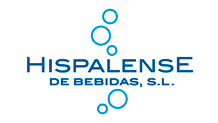








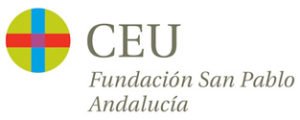


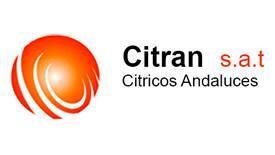

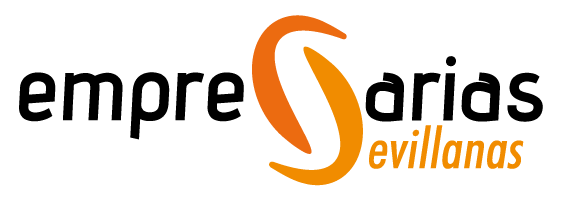
Leave a Comment
Lo siento, debes estar conectado para publicar un comentario.